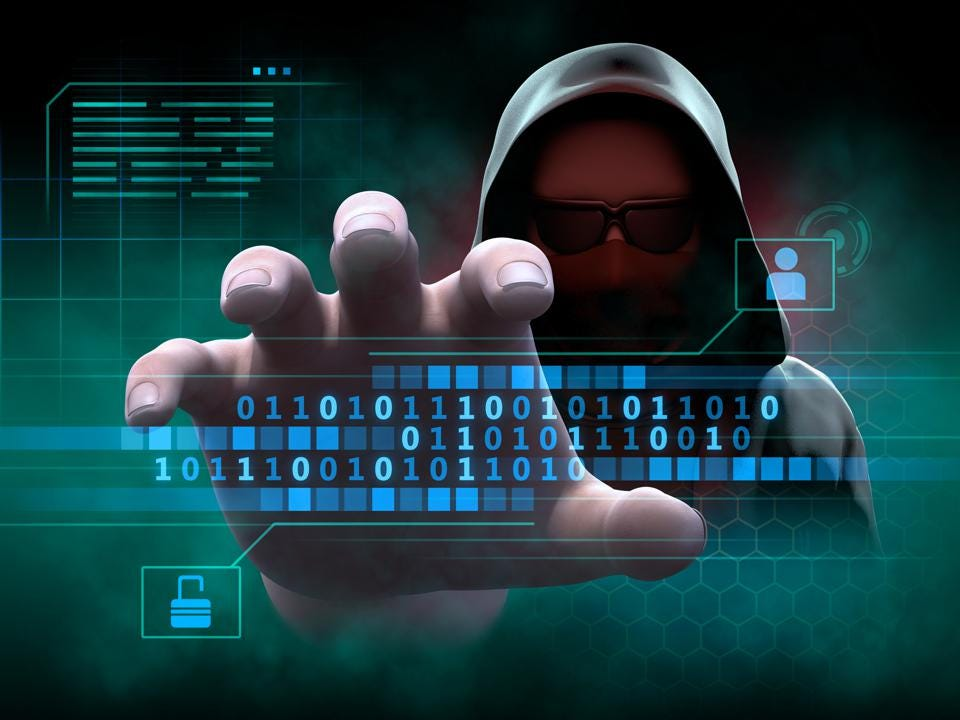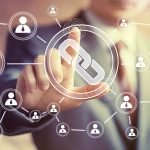
Unauthorized access is when someone gains entry to a computer system, network, software, or data without permission. It is usually a violation of the owner or operator’s security policy. It can lead to various damaging consequences for the business or organization. Some examples include unauthorized use of company data, damage to customer data and financial losses.
Don’t Let Vendors Access Your Network
One of the most common vulnerabilities in network environments is third-party vendor connections into your LAN or cloud. These connections often include VPN services, web services, remote PC access tools and more. Vendors are usually given a username and password credentials that allow them to access a business’s networks. However, these credentials are also vulnerable to theft by hackers.
Therefore, it is best to avoid letting vendors access your network altogether. Instead, encrypt as much data as possible and only give privileged access to those vendors when they need it. This way, you can prevent data breaches caused by unauthorized access. It would be best to look for a reputable service provider like Versa Networks, which allows you to select a service-level agreement. It ensures a certain standard of service.
Don’t Leave Hardware in the Open
There’s no doubt that antivirus software is a must for any ol’ organization, but that doesn’t mean you should let your guard down when it comes to unauthorized access. A good security program is all about visibility. Limiting access to your network to only authorized personnel is the best way to keep your customers’ data out of the sandbox. Implementing a policy that only permits the most influential users to access your network is one of the most efficient methods.
Don’t Leave Passwords Unattended
It may seem small, but leaving passwords unattended on a workstation or laptop can lead to unauthorized access. It could also allow hackers to see your personal information, steal sensitive data, and install malware or viruses on your device. If you need to leave your workstation briefly, log off the system and disable your browser’s save password feature. Or use a password-protected screensaver. Remembering passwords can be challenging, especially if you’re in a hurry or have several accounts. Reflecting on the factors that impacted your password selection might help you remember things better.
For example, if you’ve made an account for your company, consider why you chose that name. Often, people choose passwords that relate to their personal lives, such as a favorite restaurant or sport, a significant other, or even something about their pet.
Don’t Use the Same Password for Everything
Developing the practice of using the same password across the board is simple. But doing so is a mistake that can put your entire digital life at risk.
A recent analysis found that 1.7 billion people use the same password for multiple accounts. It is a significant problem because it can lead to a data breach in which hackers gain access to all of your personal information, including your bank account. If you’re worried that your passwords aren’t strong enough, don’t worry — some tools can help. For instance, you may create complicated passwords using a password manager and store them safely on your device so you won’t have to remember them.
Using the same password is like giving hackers your digital keys since password-cracking tools may quickly guess your password. Because of this, it’s crucial to continuously generate fresh, strong passwords that are challenging for software to decipher and avoid using the same password across all your accounts.
Don’t Use the Same Passwords for Multiple Services
A solid and unique password is essential whether you’re using an online banking account, shopping site, streaming service, email account or a combination. Changing your password now and then helps to keep your accounts secure, and using multiple passwords for each service can make it harder for hackers to access all of your information at once.
However, even if you use unique and strong passwords for all your online services, reusing them across multiple sites is still unsafe. Hackers can look at your passwords across various sites to find weaknesses that allow them to compromise your entire digital life.
In addition, using the same password for multiple services means that if a hacker steals your email address from one website or breaches your online banking account, they can also access your other websites. If a data breach impacts your business or organization, it’s essential to communicate effectively about the situation with consumers. It can help to limit their concerns and frustration while saving you time and money in the long run.
Don’t Share Personal Information Without Permission
Limiting the amount of personal information you provide to third parties is one of the most effective strategies to secure your data. Not only is this the smartest thing you can do for your privacy, but it also reduces the risk of an unauthorized hacker making off your digital life. Safe encryption technology is the best method for all your personal and business-related digital documents. Consider using two-factor authentication on certain online services, such as banking and shopping. Finally, it’s a good idea to regularly scan your device for suspicious activity. If you do, you’ll know immediately if something is fishy and will be in the best position to take action quickly should anything go wrong.








